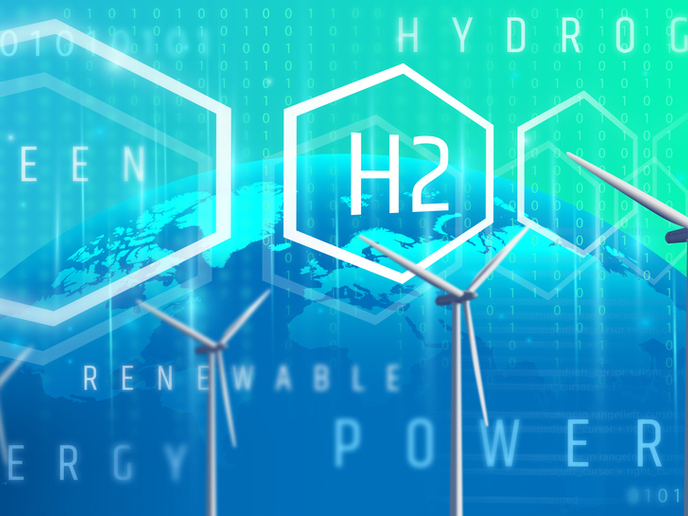Emission-free hydrogen power plant started up in Seville
Spanish company Abengoa Innovación has completed the construction of a demo power plant that produces sustainable energy – electricity and heat – from hydrogen. Set up inside a container, the next-generation fuel cell power plant is now being commissioned and started up in Seville, Spain, before being moved to its final location. Abengoa Innovación announced the construction of the demo plant in early 2018, declaring its intention to create tomorrow’s megawatt-scale fuel cell power plant that is more flexible and cost-effective. The pilot plant was constructed as part of the EU-funded GRASSHOPPER project led by Slovenian energy management solutions company INEA. Manufactured in the south of Spain and currently being tested at project partner Abengoa Innovación’s facilities in the port of Seville, the power plant will later be transferred to Delfzijl, in the north-eastern part of the Netherlands. There, it will be integrated with leading chemical supplier Nouryon’s chlor-alkali plant, whose electrolysis process produces surplus hydrogen. The chlor-alkali process is an industrial method used to manufacture chlorine, hydrogen and sodium hydroxide (caustic soda). The GRASSHOPPER power plant will demonstrate emission-free power generation in a real industrial environment by using the excess hydrogen produced in the Nouryon plant. According to an article published in ‘pv magazine’, Dutch companies Akzo Nobel and Nedstack Fuel Cell Technology – the latter also a partner in the GRASSHOPPER project – have been testing fuel cell technology at the Nouryon plant for over 12 years.
Flexible power plant
The hydrogen power plant’s flexibility is based firstly on the ability to dynamically change power output on demand. This allows the technology to be used both as a baseload – always producing the same amount of energy no matter the demand – or as a peak power plant – that quickly adjusts to the demand of the grid. Secondly, flexibility implies the ability to accommodate a wide range of applications, such as portable generators for temporary installations, emergency generators for critical loads in hospitals, and combined electricity and heat generation for industry or housing.
Power plant in a container
The advent of green energy alternatives and energy storage has made the use of containerised solutions popular in those technologies that allow it. Keeping the power plant inside a container makes it easy to set it up in different locations, transport it, or install it in remote areas where workers and/or resources are scarce. This, the GRASSHOPPER website explains, lends the plant a valuable “plug and play” philosophy that’s quite common in other renewable energy sources. The GRASSHOPPER (GRid ASsiSting modular HydrOgen Pem PowER plant) project’s ultimate aim is to make hydrogen fuel cell technology affordable and attractive to consumers and markets. The 3.5-year project draws to a close in June 2021. For more information, please see: GRASSHOPPER project website
Keywords
GRASSHOPPER, power plant, hydrogen, energy, hydrogen fuel cell



